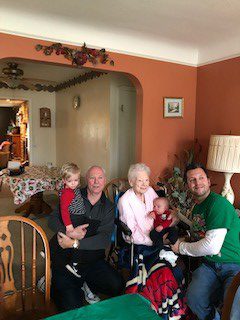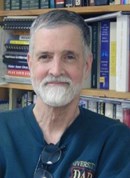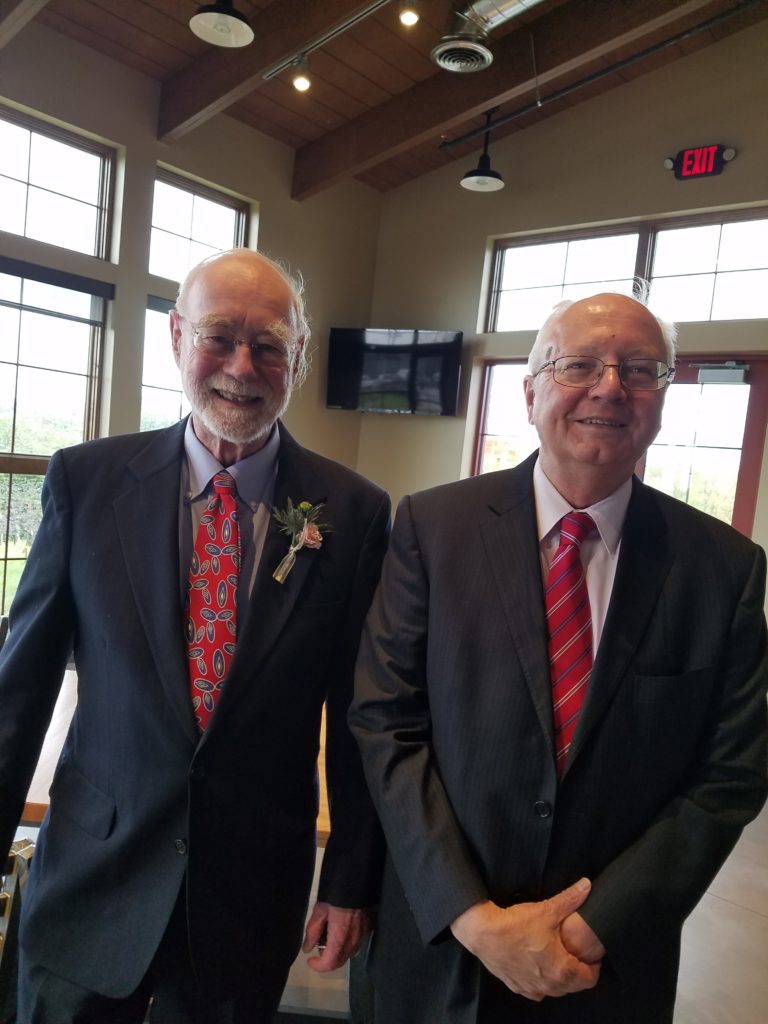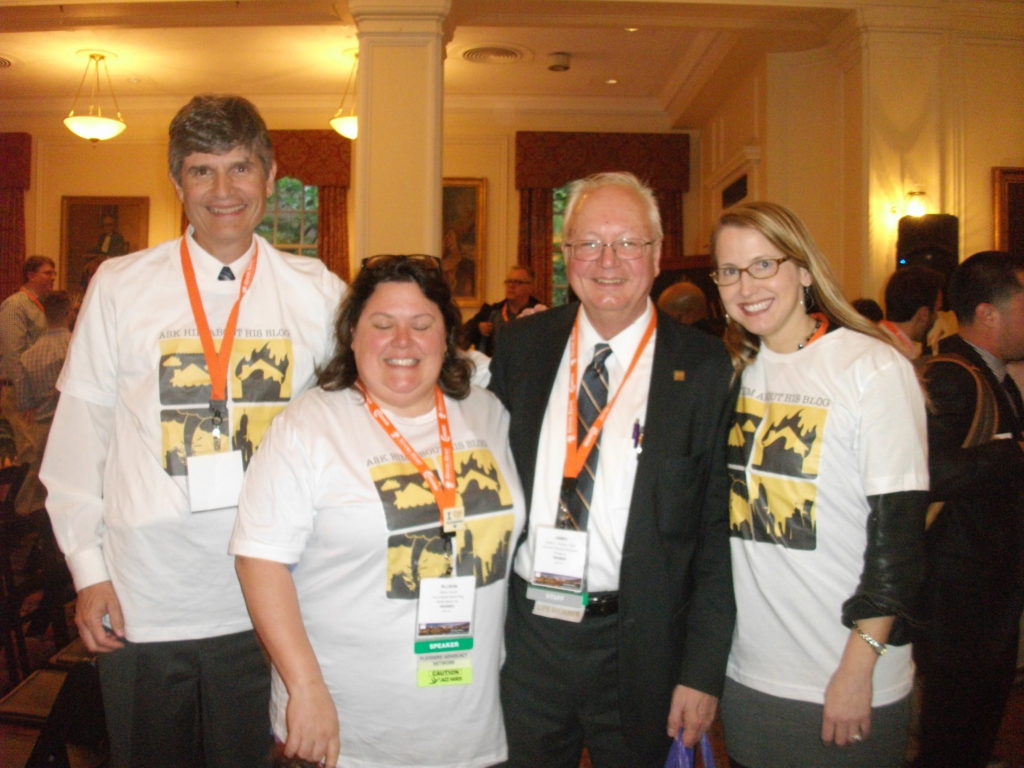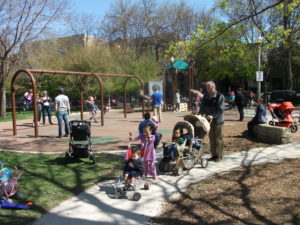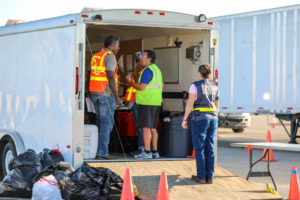GRATITUDE ON PARADE
#gratitudeonparade
I am devoting much of this week to people who contributed in significant ways to my early publishing career. For the last 35 years or more, I have mixed journalism and writing skills with technical and professional knowledge to fulfill my aspirations. Many people helped make that possible.
One of them was my advisor for the master’s program in journalism at the University of Iowa, John Erickson. I have no photo to offer from way back then or more recently. He is now emeritus professor, and I hope enjoying a well-earned retirement, but I have not heard from him in a long while.
Nonetheless, way back in early 1984, when I needed to decide on a master’s project to complete my degree requirements, I met with him to state that I wanted to turn my project into a published book when I was through. We had the choice of a practical journalistic project or an academic investigation on some subject related to mass communications. I chose the former, in the form of an oral history project concerning a major issue in Iowa at the time–the growing farm credit crisis.
Completely unfazed by my audacity, John quickly wrote out two titles of books he thought would help me think through my strategy. Both concerned oral history and interviewing techniques. I ordered the books, went to work, and began networking across the Midwest to find farmers to interview on the subject, eventually taping interviews with more than 70. When I had about 140 pages of a book completed, John insisted that was enough for the project and I should turn them in–and complete the book later. Three years after earning my degree, Raising Less Corn and More Hell was released by University of Illinois Press. Only after that, for fear of jinxing success, did he tell me it was the first master’s project in the school’s history, at least to his knowledge, to achieve commercial publication. But he provided steady encouragement all along the way and always seemed to know I could pull it off. Call him my chief enabler. I never gave him nearly enough credit, so this is my feeble partial payment. Thanks, John, wherever you are.
Posted on Facebook 1/22/19
GRATITUDE ON PARADE
#gratitudeonparade
Two days ago, I noted the important role played by Professor John Erickson in the development of my first book. As i roamed the Midwest collecting the interviews that were at the core of Raising Less Corn and More Hell, there were many people who were helpful, but some were especially supportive of my project from the moment we first met.
Among those people were Gary and Mary Beth Janssen. Gary went through tough times as a farmer in northern Iowa, and he and Mary Beth eventually moved to Emporia, Kansas, after she studied to become a teacher. In Kansas, Gary began to grow organic vegetables and provided fresh produce to local schools for school lunches.
But in the 1980s, while I was researching and writing my book, Gary provided numerous contacts and referrals within the farming community to make my work possible. We grew close enough that he and Mary Beth drove to Omaha for our wedding in June 1985. After the book was published, Gary was an enthusiastic grass roots promoter. Without him, much of it might never have happened.
Unfortunately, Gary died of complications from colon and liver cancer in September 2013. Mary Beth has survived him, and I am still grateful to both of them.
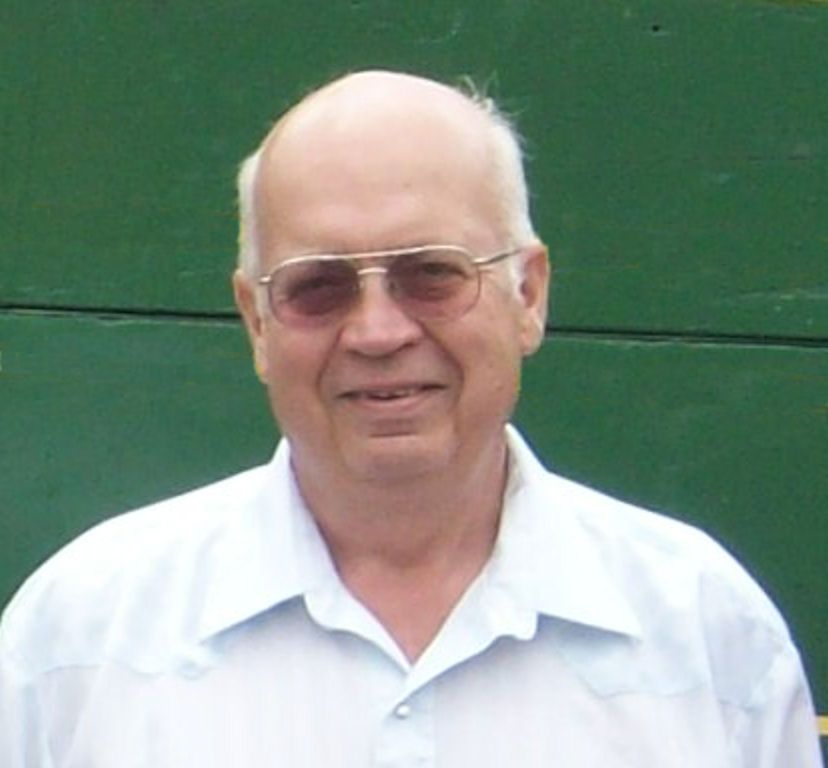
Posted on Facebook 1/24/2019
GRATITUDE ON PARADE
#gratitudeonparade
I have discovered that my biggest obstacle to completing one of these tributes every day is not writing; that part is very easy for me. I barely know what writer’s block is. It is the fact that, Facebook being what it is, I prefer to find photos of the people for whom I am expressing thanks, and when, as I did this week, I reach into the more distant past, sometimes finding those photos is a challenge. For many people involved in helping me see my first book to completion, it just takes a while. Many photos I had in the 1980s preceded my ownership of a computer and have never been digitized, if I even had a photo in the first place. It is turning out to be a major undertaking with major competition for my time. I have had to compromise. Some photos are still on their way from sources I had to track down.
While I figure that out, I want to honor someone else of more recent vintage. At the end of 2013, a year in which I took 23 trips on APA business, five more teaching at the University of Iowa, and some personal trips, I realized I needed to do something serious to stay resilient. I enrolled in a new health club (X Sport Fitness) and arranged for a trainer just before New Years’ Day. I was about to undertake the new routine when I had to delay it because of a pinched nerve in my shoulder that occurred on that holiday. A few weeks later, I began my new routine with a good trainer, but he left abruptly a year later.
Then came Mike Caldwell, one of the most talented, thoughtful, creative, and dedicated personal trainers I am likely to encounter in that business. He pays very close attention to my development and ensures the routines are well attuned to my current situation. I have learned a great deal about fitness techniques and achieved things, now at 69, that I never did when I was much younger. I could not ask for more and have no regrets. Particularly at my age, fitness matters, and good advice in that arena matters even more. So here’s to Mike, a true pro at what he does.

Posted on Facebook 1/26/2019
Jim Schwab

